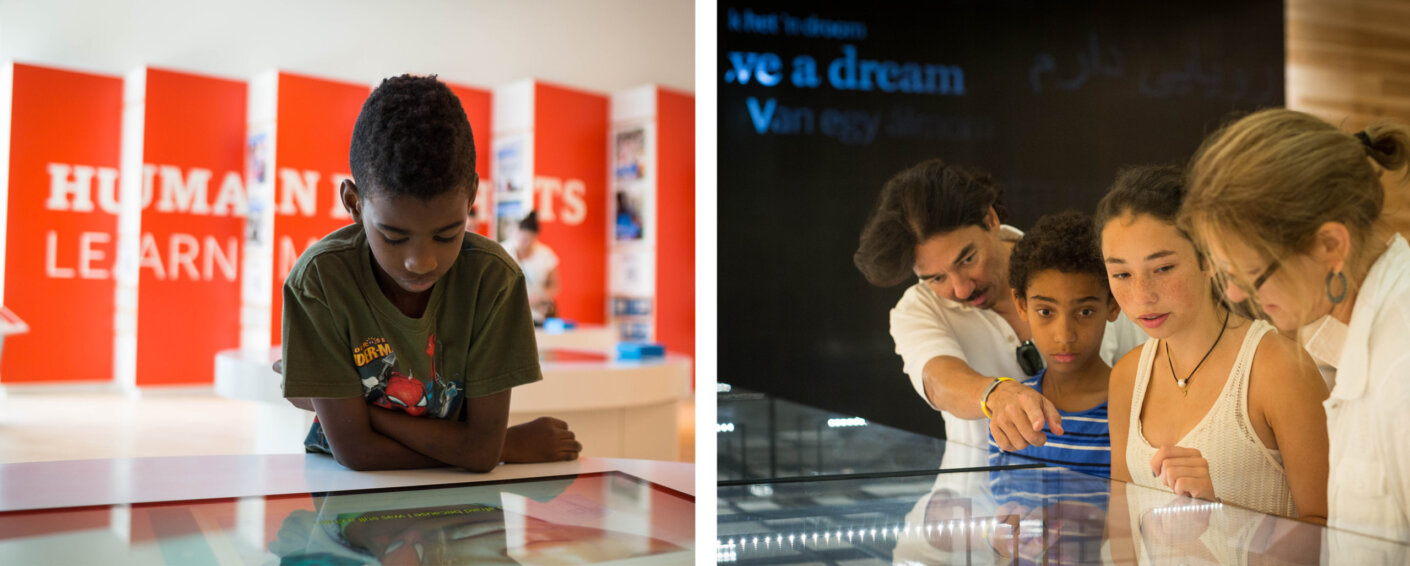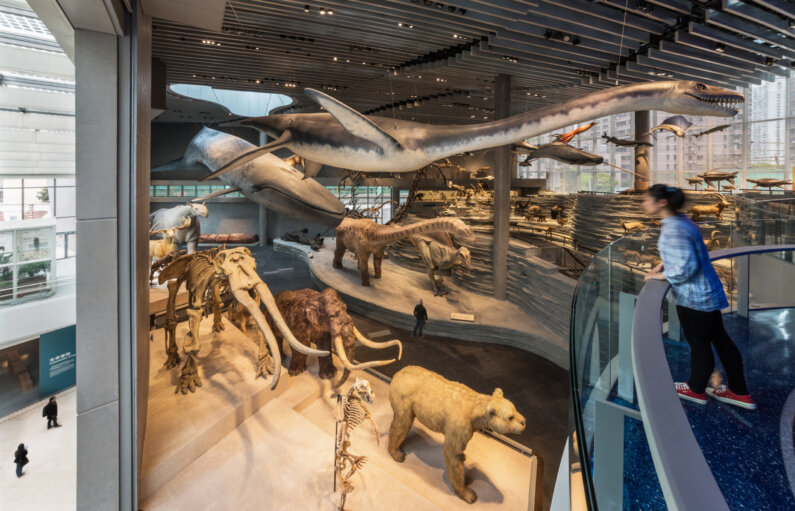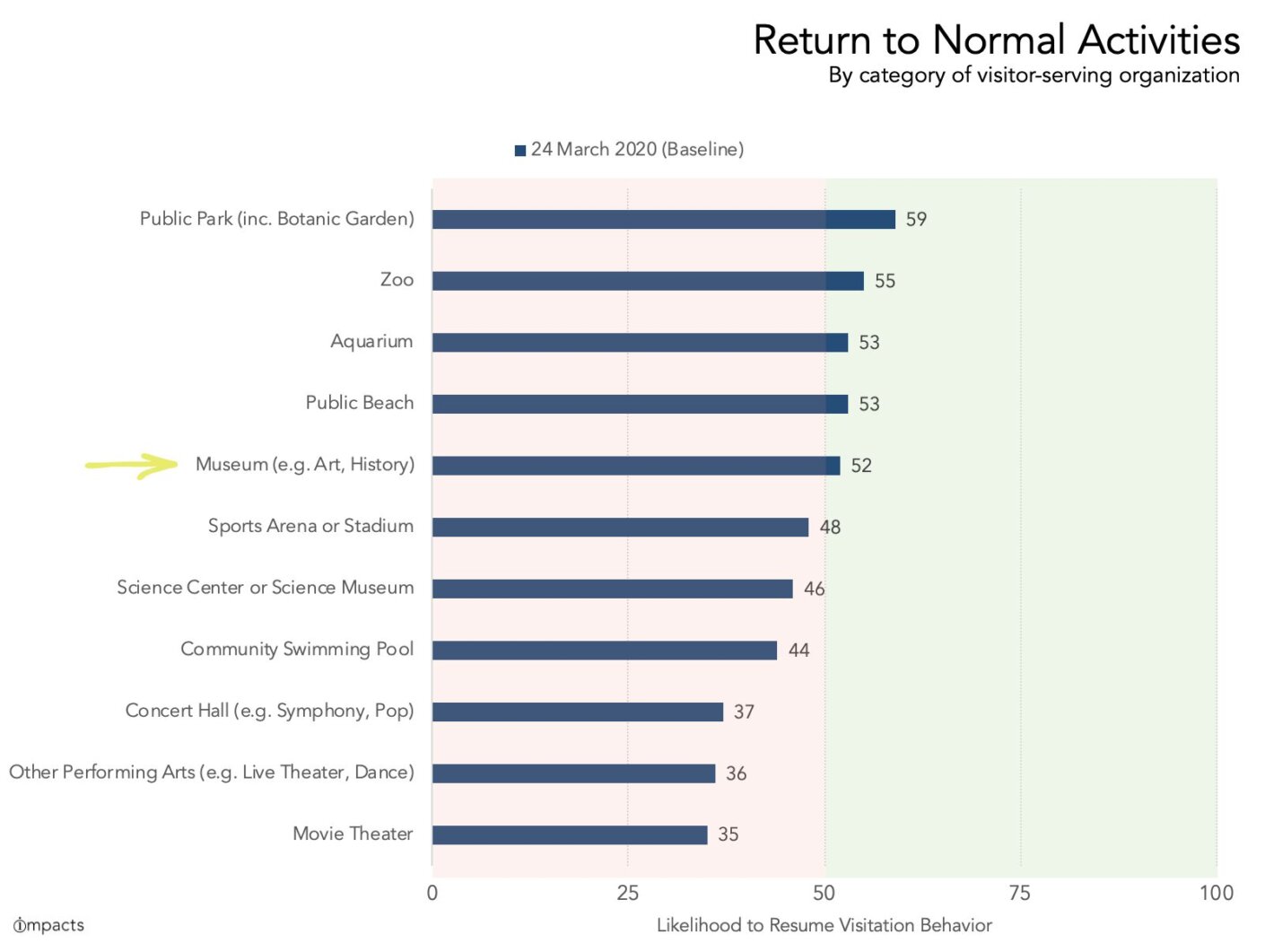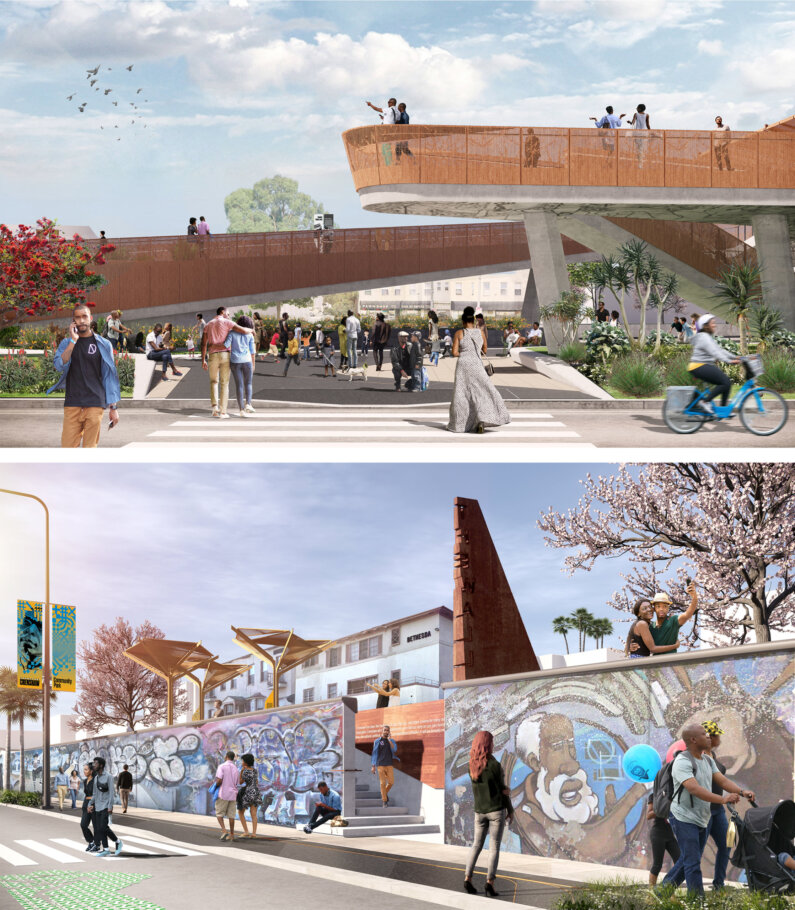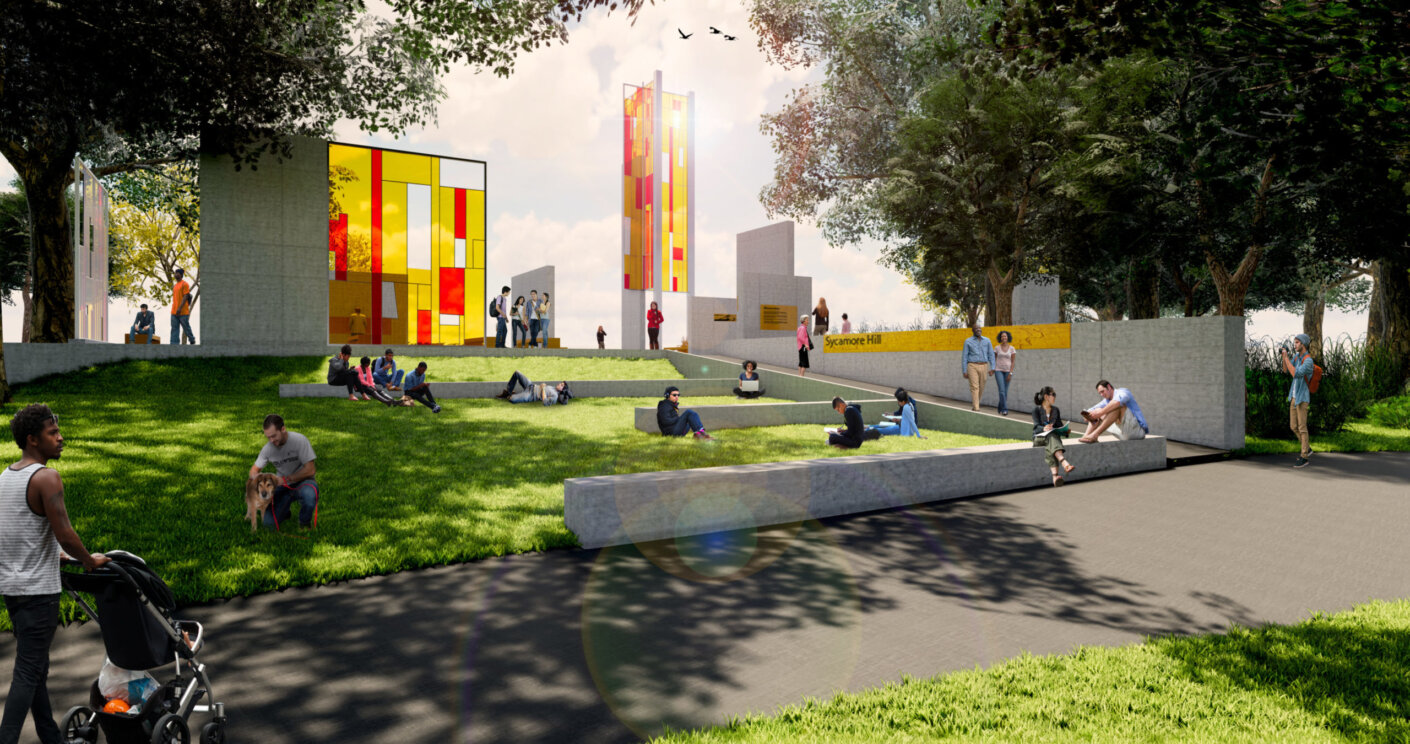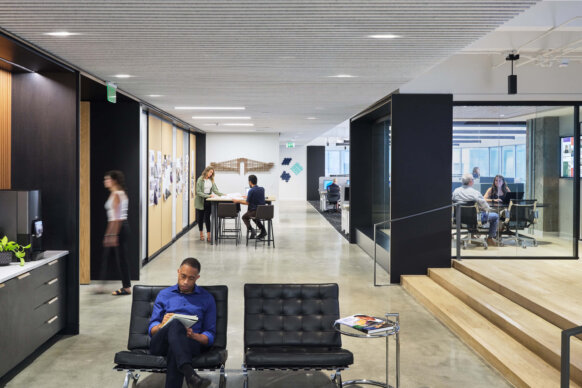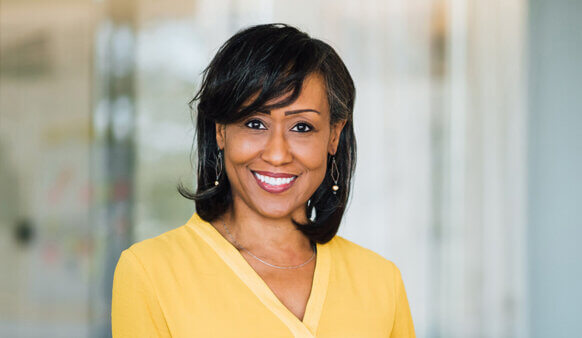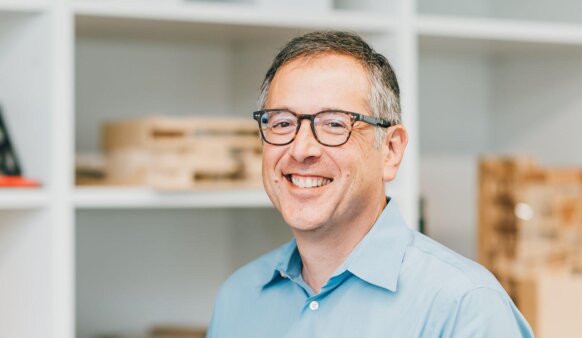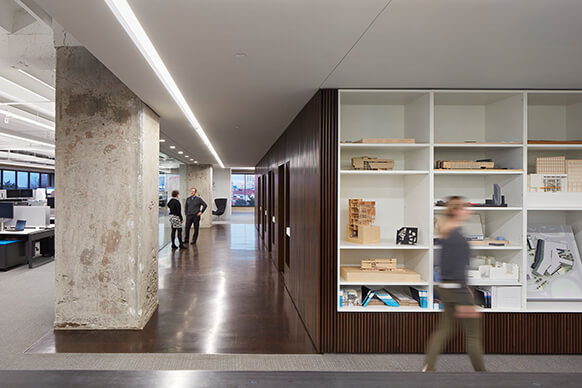In May, we celebrated International Museum Day, and we imagined how we might return to these beloved institutions in the midst of a global pandemic and subsequent economic downturn. Several days later, our entire country experienced the aftershock of a horrific tragedy, and we began to imagine how these same institutions might play a larger role in healing a centuries-old, systemic racial divide.
This all occurred while many of us were sheltered in place in living environments suddenly transformed into offices, studios, daycares, gyms, churches, and schools. It seems that our physical space instantly folded as these aspects of our lives converged. For many, a single room continues to accommodate multiple activities. Similarly, it feels as if time has doubled over as important aspects of our history have converged on this current pivotal social moment. I recently heard someone say that our current state feels like the “1918 flu pandemic, the Great Depression, and the 1960s civil rights movement occurring all at the same time.” I believe that this statement rings true for most.

